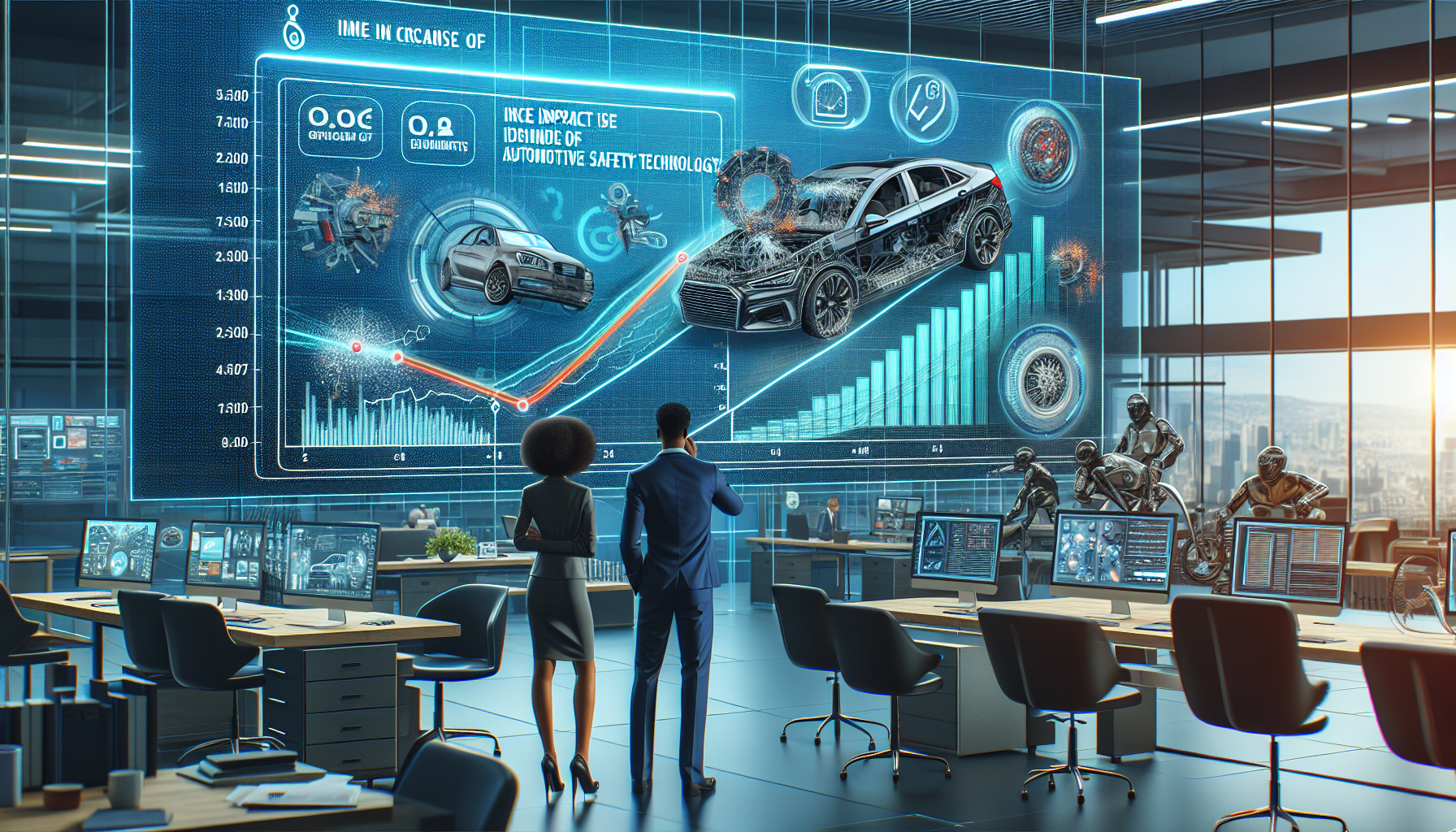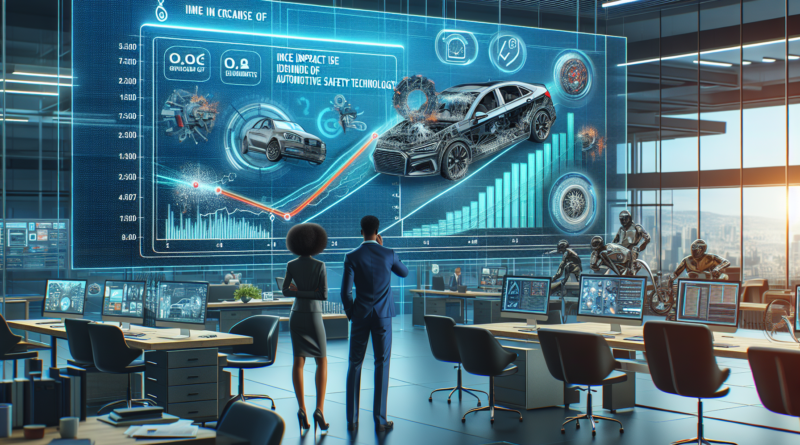Advancements in Automotive Safety Technology in the Insurance Industry and Their Impact
– ** Advanced Driver-Assistance Systems (ADAS) **: These systems include features like adaptive cruise control, lane-keeping assist, and automatic emergency braking. They are designed to prevent accidents by alerting drivers to potential hazards and, in some cases, taking corrective actions automatically.
– ** Autonomous Vehicles **: Self-driving cars are no longer a distant dream. With companies like Tesla, Waymo, and Uber investing heavily in autonomous technology, these vehicles promise to eliminate human error, which is a leading cause of accidents.
– ** Vehicle-to-Everything (V2X) Communication **: This technology allows vehicles to communicate with each other and with infrastructure like traffic lights and road signs. V2X can provide real-time data to drivers, helping them make informed decisions and avoid collisions.
– ** Blind Spot Detection and Rear Cross-Traffic Alert **: These systems use sensors to monitor areas around the vehicle that are not visible to the driver, reducing the risk of accidents during lane changes or reversing.
Impact on the Insurance Industry The integration of these technologies into vehicles has profound implications for the insurance industry:– ** Risk Assessment **: With the advent of ADAS and autonomous vehicles, insurers are re-evaluating how they assess risk. Vehicles equipped with these technologies are generally considered safer, potentially leading to lower premiums for drivers.
– ** Claims Processing **: Advanced safety features can reduce the frequency and severity of accidents, leading to fewer claims. This shift could result in more efficient claims processing and lower costs for insurers.
– ** Data Utilization **: The data generated by modern vehicles can be used by insurers to better understand driving behavior and tailor policies accordingly. This data-driven approach allows for more personalized insurance offerings.
– ** Cybersecurity Risks **: As vehicles become more connected, they are also more vulnerable to cyberattacks. Ensuring robust cybersecurity measures is crucial to protect both drivers and the data collected by these systems.
– ** Regulatory and Legal Issues **: The introduction of autonomous vehicles raises questions about liability in the event of an accident. Policymakers and insurers must work together to establish clear regulations and guidelines.
– ** Cost and Accessibility **: While advanced safety features are becoming more common, they are often available only in higher-end models. Making these technologies accessible to a broader range of consumers is essential for maximizing their impact on road safety.
Conclusion The advancements in automotive safety technology are reshaping the insurance industry and the driving experience. By reducing accidents and enhancing safety, these technologies hold the promise of a safer future on the roads. However, to fully realize their potential, challenges such as cybersecurity, regulation, and accessibility must be addressed. As the industry continues to innovate, collaboration between automakers, insurers, and regulators will be key to ensuring that these advancements benefit all stakeholders.
